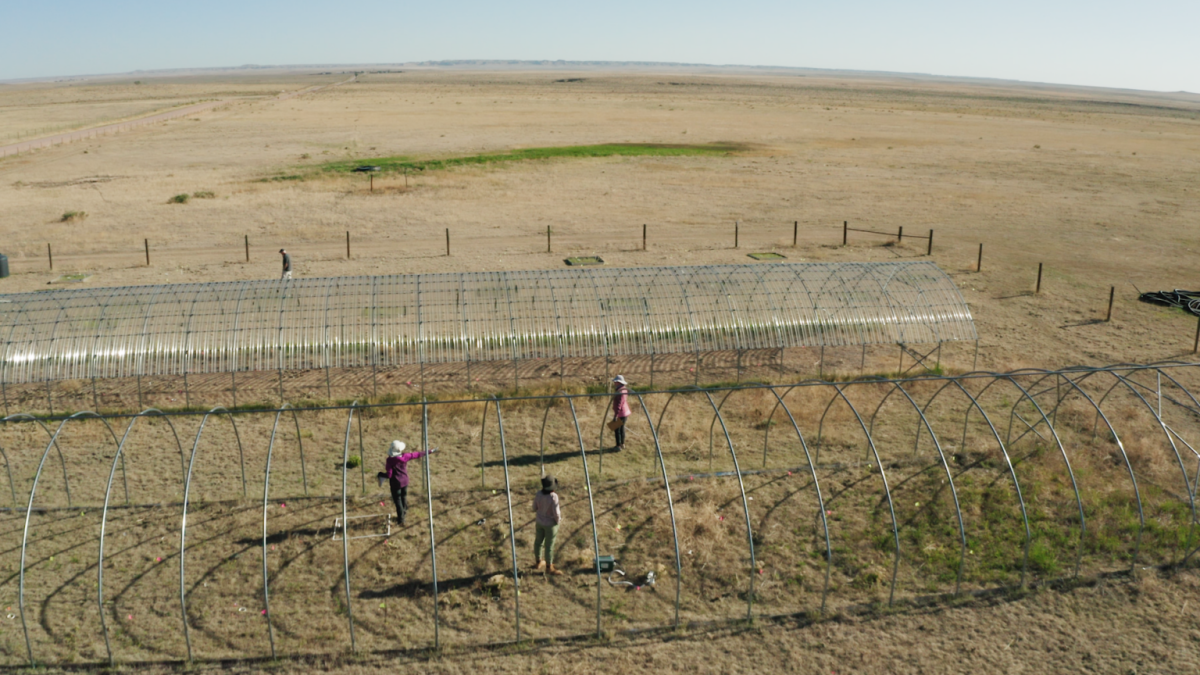(Resource News International) — Feed barley bids in Western Canada have moved to some pretty depressed levels, but values should begin to stabilize at these lows.
“There is little reason to believe that feed barley values are going to experience any kind of rally, but they should at least hold these flat levels in the foreseeable future,” said Mike Jubinville, a market analyst with ProFarmer Canada. “All the depressing price factors that have been in the feed barley market are still here.”
The large amount of dried distillers grain (DDG) coming in from the U.S., the lack of feedlot demand in Western Canada, the harvest of ample alternative feed grains, and reports of higher than expected barley yields from the Canadian Prairies have all combined to push bids to their lows, he said.
Read Also

Prolonged drought causes unprecedented productivity loss: Study
Colorado State University — Extreme, prolonged drought conditions in grasslands and shrublands would greatly limit the long-term health of crucial…
Add in the continued decline in livestock numbers in Western Canada, which only serves to further the bearish prospects for the barley market, Jubinville said.
Also helping to keep feed barley bids from rising will be frost.
Jubinville said the frost that hit the central and northern areas of Alberta overnight and is expected to again hit the area Monday night, is believed to have downgraded quite a bit of wheat. “That will only add to the competition for the feed market,” he said.
Feedlots in Western Canada are believed to have covered needs right through to the end of November, with DDGs’ needs covered right into January, a cash dealer said.
“While a maximum of 40 per cent can only be used in the livestock rations, it is still taking up a good chunk of what would have been covered by feed barley,” the dealer said.
Values for feed barley in some locations of Western Canada have declined as low as the international price for the commodity on the world market, the dealer said.
Not an option
However, selling feed barley on the world export market is not an option for producers at this time, Jubinville said.
“The problem is that the pool return outlook (PRO) from the Canadian Wheat Board for feed barley is well above the international price… so the CWB, while it can sell globally, will likely choose not to, as it would mean having to lower the PRO value dramatically in order to do that,” he said.
“Very little feed barley is going to be exported from Western Canada as the CWB would have to knock down the feed barley PRO so hard, that it would make the commodity ridiculously priced, and that is something they don’t want to do.”
The dealer also felt that producers are looking at barley as a cash crop and will likely sell it first before they do canola, which to them has a bit better price outlook.
“I don’t get the sense that producers are very bullish on canola at this time, but maybe the crop has a bit better outlook than barley,” Jubinville said.
Jubinville felt that barley is probably a product that should be stored, as there could be an opportunity of a small upward price bounce once the seasonal harvest pressure passes.
“However, I am not looking at the upward movement in barley as anything that will be sustainable,” Jubinville said.
“If we get a $10 to $15 up bounce in the cash market, I would be inclined to dump my supplies of feed barley.
This move up would be just normal volatility in the market, he said, and not an expectation of a change in the trend of the market.
Cash values for feed barley, basis the Lethbridge, Alta. market, are currently around the $146 per tonne level, which can be considered on the low side, the dealer said.















